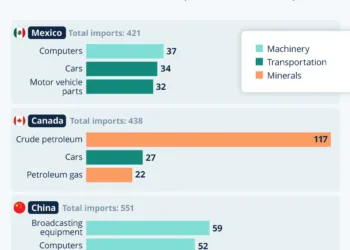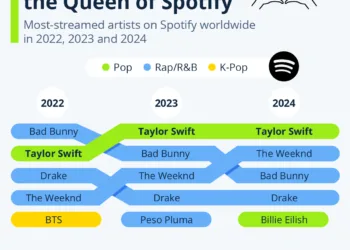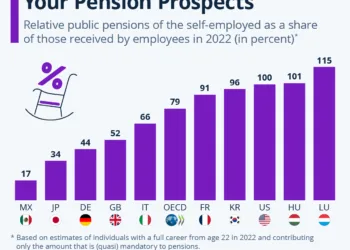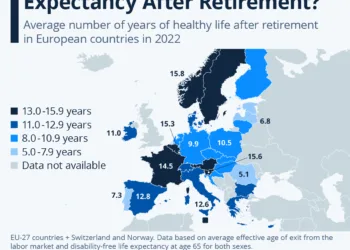The Rising Costs of Childcare in the United States Compared to Other Developed Nations
Childcare costs have become a pressing issue for many families, particularly in the United States, where prices consistently outstrip those in other developed countries. An analysis of childcare expenses reveals stark disparities, highlighting how American families, especially single parents, are disproportionately affected by these high costs.
Understanding Childcare Costs in the U.S.
In the United States, the financial burden of childcare is particularly heavy for families earning average incomes. According to data from the OECD in 2022, couples who both work full-time and earn average wages must allocate approximately 20% of their disposable household income to cover the costs of childcare for two young children. This percentage is significantly higher for single parents, who find themselves spending an alarming 37% of their disposable income.
Comparative Costs Among OECD Countries
When comparing childcare costs across OECD countries, the United States emerges as the most expensive option. Switzerland ranks as the second highest, where couples with two children spend about 32% of their disposable income on childcare, while single parents spend around 18%. This stark contrast underscores the challenges faced by American families compared to those in other developed nations.
The Role of Private Sector Dominance
A significant factor driving the high costs of childcare in the U.S. is the dominance of the private sector within this market. Unlike many other countries, where childcare services are provided as public services or heavily subsidized, the U.S. market remains largely unregulated. This lack of government intervention results in soaring market rates. Treasury Secretary Janet Yellen has referred to this situation as a "broken market," emphasizing the need for reform in the childcare sector.
Challenges Faced by Anglophone Nations
It’s not just the United States that faces challenges with childcare costs; several Anglophone nations share similar struggles. Countries like Ireland, New Zealand, and Australia experience high private market rates alongside low subsidies, further exacerbating the financial pressure on families. Though Canada has recently adjusted its policies to provide more relief, couples in Canada still pay about 19% of their disposable income on childcare as of 2022, suggesting that these issues are not limited to the U.S. alone.
Comparative Analysis with Other National Models
In contrast to the high expenses found in the U.S. and some Anglophone nations, European countries generally enjoy significantly lower childcare costs. In France, for example, full-time working parents typically spend only between 6% and 10% of their disposable income on childcare. Similar patterns emerge in other nations, such as South Korea and many Scandinavian countries, where government support and subsidies help mitigate the financial burden for families.
Notable Exceptions in Europe
Some European countries have made considerable strides in making childcare more affordable. Germany offers childcare vouchers based on work hours, resulting in rates as low as 1% of disposable income for working parents. In Italy and Latvia, free childcare is provided, alleviating the need for any financial outlay from parents. Additionally, single parents in Greece are exempt from childcare fees, while Canada, the U.K., and Japan offer various support systems that mitigate costs for low-income families.
The Need for Reform in Childcare Policies
The differences in childcare affordability highlight the urgency for reform, particularly in the United States. As demographic changes put additional pressure on families, the need for a more sustainable and supportive childcare framework becomes even clearer. Policymakers and stakeholders must consider the successful models implemented in other countries and address the high costs that American families currently face.










